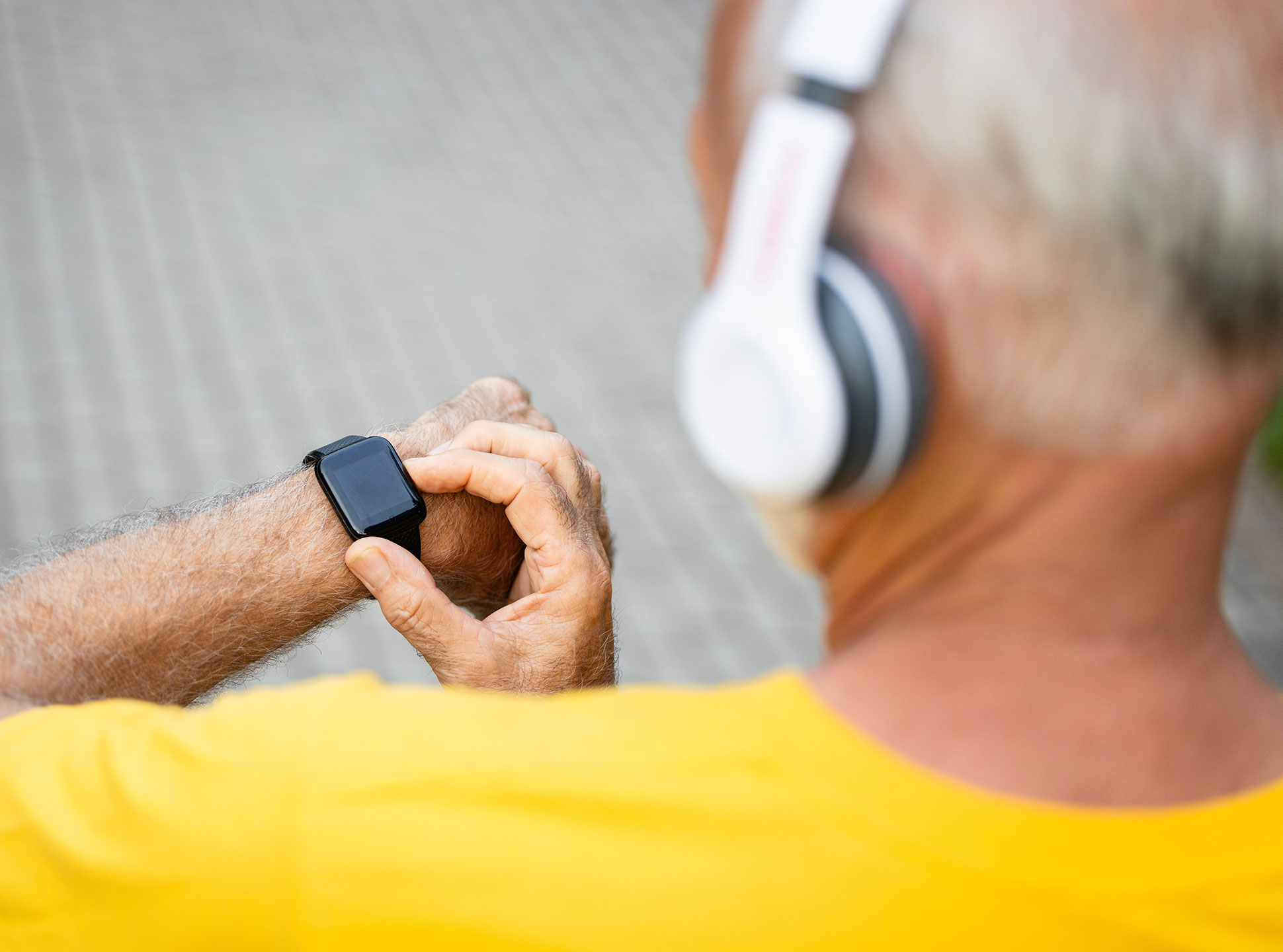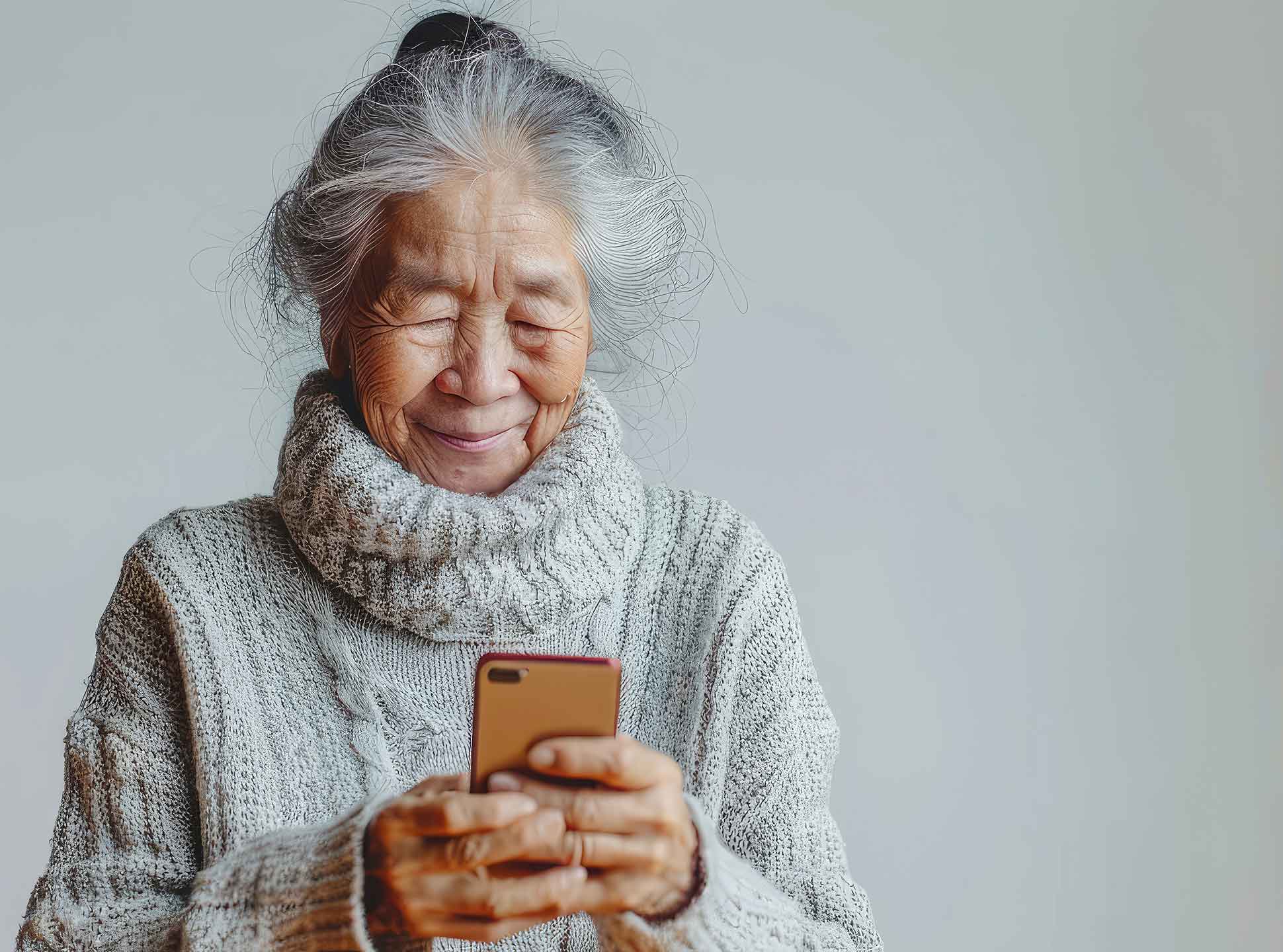Who’s the ‘User’ of Tech for Older Adults?

By Jeff Link
Contributing Reporter, Built In
On Valentine’s Day, 2009, Daniel Jue received troubling news from his brother Arthur. Their father, Raymond Jue, who was 72, had suffered a stroke and was lying on his bed, unresponsive. They rushed him to a nearby hospital in San Jose, California, and he was admitted to a patient room for treatment and overnight monitoring.
Prepared to come back and spend the night with their father, Daniel’s brother and mother went to the elder Jue’s home to collect a change of clothes and toiletries. They didn’t have time to retrieve them. As soon as they got inside the house, they heard the landline ring.
“And it was my dad, saying, ‘Help! Help!’” said Daniel Jue, recounting what his brother told him.
They rushed back to the hospital, where Arthur found Raymond on the floor, thrashing back and forth without his gown. The family was apoplectic, appalled their father had been left unattended in such a terrified state. They aired their grievances with the attending care team and hospital administrators, who apologized sincerely, admitting to being short-staffed and overworked.
Mercifully, for the family, Raymond recovered from the stroke and returned home. But over the next seven years, his health deteriorated: He experienced diabetes, episodic dementia and a hard fall that required hip replacement surgery.
The Jues bought their father an apartment across the street from the hospital, with the hope he could quickly access care in the event of a similar emergency. They went through dozens of at-home caregivers, often with disappointing results. They’d hear their father had been taken out for a walk only to discover, hours later, he’d been left in bed all day. They noticed bedsores on his back because caregivers hadn’t rotated him in bed. On at least one occasion, they found him lying in soiled clothes.
The experience was heartrending for the family, and when Raymond Jue died in 2016, Daniel and Arthur decided there had to be a better way to care for the aging.
The two brothers, Daniel Jue, a self-taught programmer who wrote his first computer game at the age of eight on a Radio Shack TRS-80, and Arthur Jue, a human resources executive with experiences at software companies like Twilio and Oracle, teamed up to launch LiveFreely, the health technology company that created Buddy.
Click the link below to read more.
https://builtin.com/articles/older-adults-remote-health-monitoring
